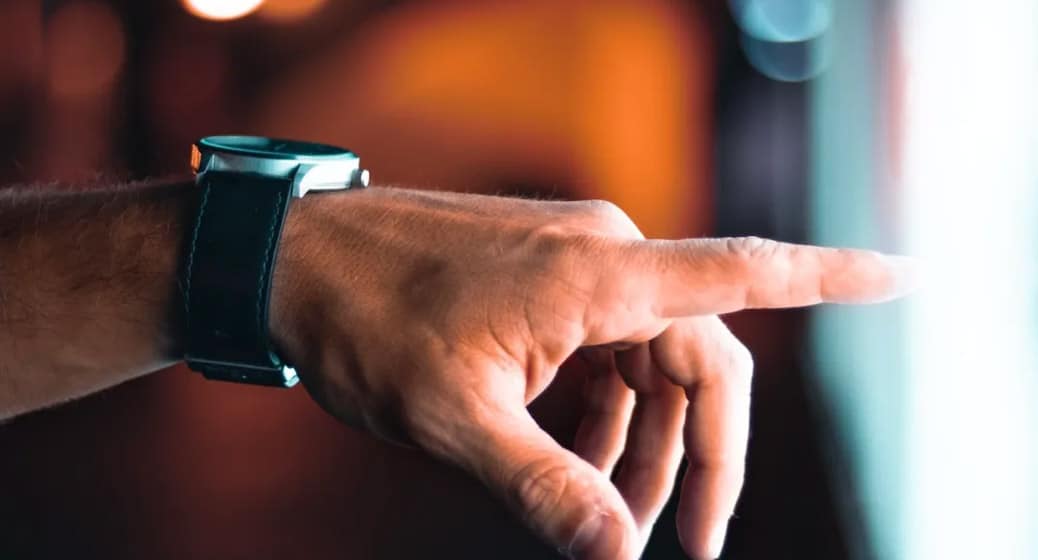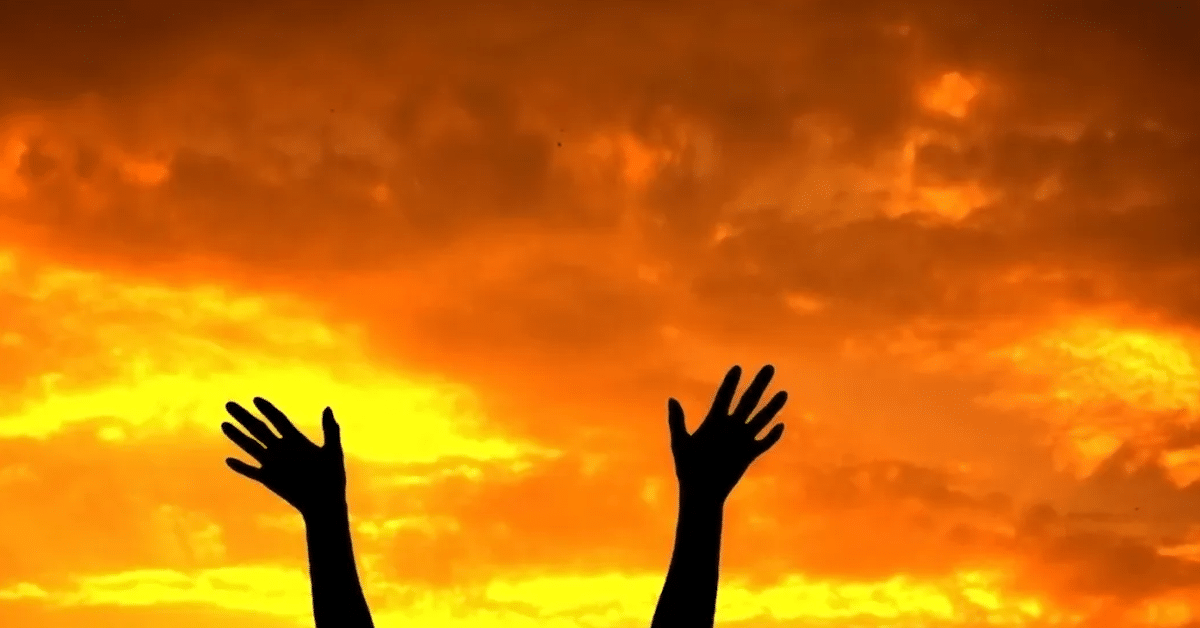Getting Stuff Done
One Touch Method, Huh? Well, this week a colleague posted a question on Linkedin about productivity strategies. I said that I try to knock off as much of the simpler stuff as I can, as soon as I can, because then I feel free and clear for the more complex tasks.
This is just a personal preference that might not work for everyone, but it works well for me, and people in my world seem to really appreciate how quickly I get back to them.
People think it is because I am nice. I like to think I am nice too, but it is at least as much because this strategy just makes my life work.
In any case, my colleague, Jim Reis, replied something like: ‘One Touch Method. Love it.’
Wait, it has a name? I did not know that. How did I not know that? Anyway, thanks to my colleague, now I do and want to share it with you—because according to Reuters our productivity numbers weren’t all that good in 2022.
But first, here is Jim’s article “Productivity Tips: How to Set Yourself Up for Success in 2023,” in which he unpacks the following strategies for us:
- Have a Morning Routine
- Set Up Calendar Blocks
- Delegate Your Tasks
- Ask Others to Keep You Accountable
- Utilize Online Productivity Tools
- Prepare the Night Before
- Limit Your Distractions
And now, what is the One Touch Method, One Touch Rule, Touch It Once (TIO) Principle…yes, I have seen it written all of these ways.
One Touch Method
It’s pretty literal actually. My research suggests the One Touch Rule, originally conceived by productivity expert, Ann Gomez, can be applied in many areas of our lives; for example, to declutter our homes:
The rule is: put away your things immediately and avoid handling them more than once after you’re done with them. That’s it.
As regards your inbox, per se, Holy Hannah, the inbox, right? from time management and productivity coach, Alexis Haselberger:
For all incoming items, you commit to only touching them once. Specifically, this applies to emails, texts, Slack messages, voicemails, and even paper mail—anything that’s coming at you into your virtual or physical inbox.
The one-touch rule is amazing not only for time-management, but for stress and anxiety as well. It helps you quickly handle each incoming message and move forward, instead of letting it fester in your brain.
Haselberger goes on to say that on the first touch we decide (one touch) whether to archive what doesn’t need a response, to respond to what does, and to add to your task list what needs to happen, but not now, later.
Of course, there are all kinds of ‘if, ands, and buts’ to prioritizing and such, for some so many that they have soured on the method.
No worries. Founder of Asian Efficiency, Thanh Pham, breaks the whole thing down for us with graphs, decision trees. flowcharts, examples, whatever we need, in “The ‘Touch it Once’ Principle That Will Skyrocket Your Personal Efficiency.”
Here’s the thing: Most of what I read was about getting things done. This is great because uncompleted tasks gnaw at our minds, which:
…inhibits your ability to fully process whatever you’re working on in the moment”. Each time you think about an uncompleted task you waste your mental energy, further decreasing your productivity.
Focus and Release
But I know, maybe you do too, that even after tasks are complete, they are not necessarily done.
For example, the email came in, you decided it was important to respond sooner than later, so you wrote it and sent it. Done! Right? Maybe not.
How many times have we gone back to read and reread the email that was already sent. Maybe we wonder how it will be received, if we should have said it differently, or even just to pat ourselves on the back a few times for saying it so well.
Maybe we completed and submitted the report or proposal, and now we are ‘reviewing’ that over and over again too.
So, we have an ongoing energy and productivity loss—even if one touch got it done the mind was still on it.
Help is on the way, my Focus and Release Exercise below:
Mastering Your Mind—Focus and Release
Have you ever noticed how hard it can be to stop yourself when you are engaged in an activity and have run out of time? How much of whatever we might be thinking and feeling about the job we didn’t finish lives on to contaminate the activity we move on to next?
And how much attention are we even paying to the activity we are doing in the moment we are doing it? One improperly attended activity after another can ruin the enjoyment and results of that activity and burden you with an overall sense of dissatisfaction that doesn’t need to be there.
This exercise is designed to help you learn to focus on the activity at hand, and then to put it down so you can pick something else up—and move from one activity to another with fuller attention and the satisfaction that goes with it.
To Practice:
▪ At the beginning of an activity, you may briefly close your eyes or simply gaze downward, breathing in through the nose, out through the nose…until you feel that your mind has cleared and you are present in the time and space that you are actually in.
▪ Now anchor (focus) your attention right on the activity, e.g., where your fingers hit the keyboard, the pen touches the paper, the paintbrush touches the woodwork, where the sound of a speaker’s voice hits your ear…
▪ At the end of each activity, you may deliberately put down whatever tools or objects you may have in your hands, and again breathing in through the nose, out through the nose…until you feel that you are present in the time and space that you are meant to be in.
▪ Now you may say quietly or silently to yourself: “And now I release this activity…” Even if the task had not been completed to the extent that you had planned, you have released it for the present time, and moved on in a clear, strong, ready for anything way to whatever comes next.
Practice, practice, practice…and let us know what you find. And for help with this or something else, Contact Me at weissmadelaine@gmail.com.
Warm wishes,
Madelaine
Photo by Unsplash Alejandro Luengo
Keep Reading
Want more? Here are some other blog posts you might be interested in.








